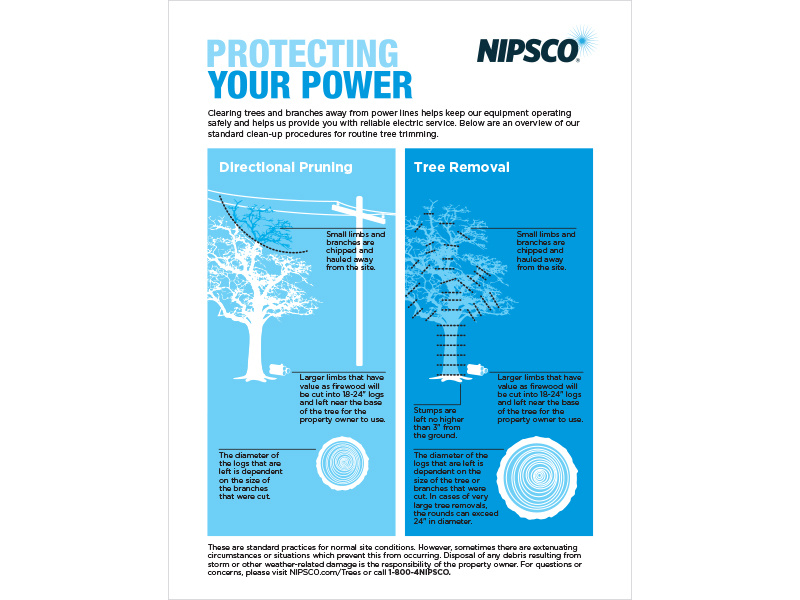Tree Conservation: Indicators That Indicate The Need For Removal
Tree Conservation: Indicators That Indicate The Need For Removal
Blog Article
Article By-Fields Goldman
If you've ever questioned the destiny of the trees on your home, recognizing when it's time for elimination is critical. Yet exactly how do you determine if a tree can be conserved or if removal is the only alternative? By looking for details indications and examining safety and security threats, you can make educated decisions that profit both your landscape and your environments. Allow's explore the key elements that enter into play when determining the destiny of a tree and exactly how you can make sure the best outcome for your environment-friendly friends.
Indications of Tree Decline
If you observe any of the adhering to signs of tree decrease in your yard, it might be time to take into consideration tree removal.
One usual indicator is dead or worn out branches, which can suggest underlying problems influencing the tree's health. Look out for tarnished or shrivelled fallen leaves that continue despite proper care, as this could be an indication of disease or bugs.
One more warning signal is too much leaning or a noticeable shift in the tree's base, which may recommend root issues or architectural instability. Watch out for fungal growth on the trunk or origins, as this can show rot and compromise the tree's stability.
Additionally, if you observe huge splits in the trunk or major limbs, it's important to attend to these problems quickly to prevent prospective risks. Attending to related website of tree decrease immediately can help preserve the safety and security and aesthetic appeals of your yard setting.
Safety and security Issues
To guarantee the health of your home and those around you, prioritizing safety issues associated with trees is paramount. Trees can pose numerous safety and security risks otherwise correctly preserved. Dead or decaying branches might drop suddenly, jeopardizing individuals or harmful structures.
Leaning trees can also be harmful, particularly if they're leaning in the direction of a building or high-voltage line. In addition, trees with considerable root systems near structures or underground utilities can create significant damage gradually.
It's vital to on a regular basis inspect your trees for any type of indicators of potential danger. Keep an eye out for cracks in the trunk, big dental caries, or signs of illness and decay. If you see any of these problems, it's best to talk to a professional arborist to examine the circumstance and determine the needed course of action.
Taking proactive steps to address security worries quickly can protect against crashes and home damages in the future. Bear in mind, the safety and security of your residential property and those around you need to constantly be the top concern when it concerns tree maintenance.
Consulting an Arborist
When considering the health and wellness of your trees, seeking advice from an arborist is a crucial action. Arborists are trained professionals who specialize in the care and upkeep of trees. visit the up coming article can analyze the overall health and wellness of your trees, identify any type of concerns such as diseases or architectural troubles, and supply experienced referrals on the best course of action.
By speaking with an arborist, you can get valuable insights into the problem of your trees and figure out whether removal is required. Arborists have the knowledge and experience to examine the dangers connected with maintaining a tree versus removing it. They can additionally provide support on alternative remedies, such as pruning, cabling, or bracing, to assist maintain the tree whenever feasible.
In addition, arborists can assist you navigate any kind of neighborhood regulations or permits that may be needed for tree removal. Their competence can guarantee that the process is accomplished safely and in compliance with any appropriate regulations.
Conclusion
Finally, when determining whether trees can be saved or if elimination is needed, it is necessary to think about signs of decrease and safety worries. Consulting an arborist for a complete assessment is essential in making the most effective decision for the tree's wellness and possible risks. Bear in mind, aggressive care and timely activity can aid preserve trees and prevent accidents.
